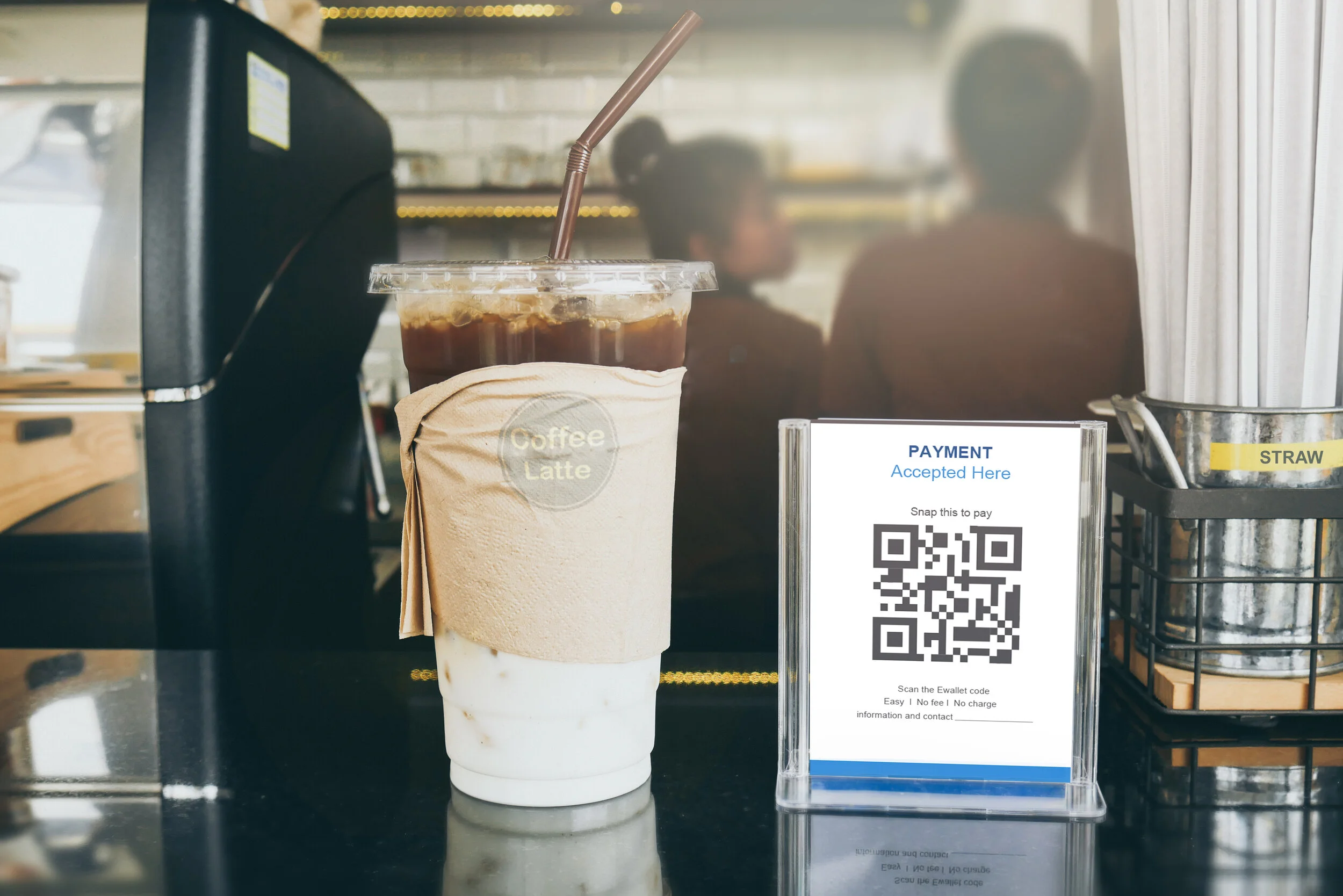What’s really going on in payments?
Will 2020 be the year of the QR Code in European payments? There’s host of factors lining up to force change on the online payments market in Europe and beyond. One of them is PSD2 and the impact of the European Bank’s Strong Customer Authentication (SCA) rules that form a key part of the regulations. The regulations require banks and retailers to put in place extra measures to combat fraudulent and increase customer security.
Tony Craddock, the Director General of the Emerging Payments Association has looked at the changes 2020 will bring, touching on PSD2 as well as outlining some of the other major themes that he predicts will impact the payments market this year, in his recent article: What’s really going on in payments? His views were drawn from discussions with his member companies and other players – including investors – in the Fintech market.
One of his predictions leapt out for us and supported a market direction we have been following since the very start of our business – the potential for QR codes to support secure payment transactions. Craddock believes that while many retailers in developed markets are wedded to their POS terminals
“increased tourism from developing markets where people expect to pay by QR, will see the gradual acceptance at leading retailers of QR-based payments in 2020.”
Craddock also believes that while transaction friction might initially increase because of overlays such as SCA, innovation will reduce the friction over time and that the incidence of payment-related fraud will therefore decrease over time.
We are right with him on the potential for, and acceptance of, secure QR code payments. And we also believe innovation can reduce payment friction – but naturally we also believe the innovation is already here and that there is no need to wait to implement a future-proofed solution.
Our patented Onescan solution uses QR codes to trigger secure authenticated transactions that fully comply with PSD2 and its SCA regulations. The codes can be displayed on-screen, on POS terminals or even on printed material and displays.
For the customer, there’s no need to download any software or applications in advance – they simply use the camera on their smartphone to capture a code which triggers the Onescan secure payment authentication process. Onescan’s Padlock environment is much more than a weblink – its patented process protects your personal data and uses a ‘token-based’ system to exchange information with the payment company.
Onescan meets all the regulatory requirements that are in place now and those that are coming into force later this year with SCA. And with consumers needing no new software to trigger and authenticate transactions, there’s a vast army of customers already set up to use Onescan.
To find out more, and request a copy of our SDK for banks and retailers, click here.


